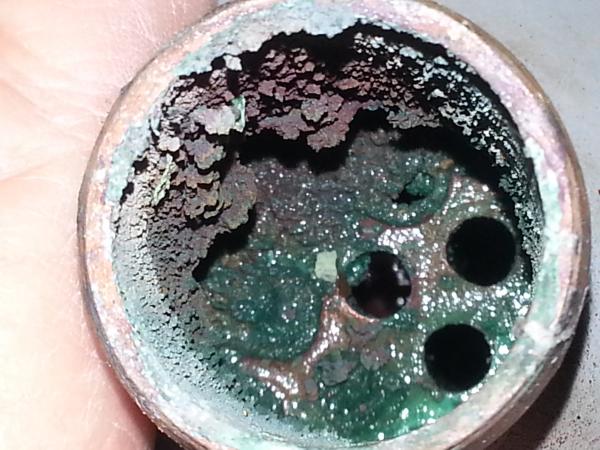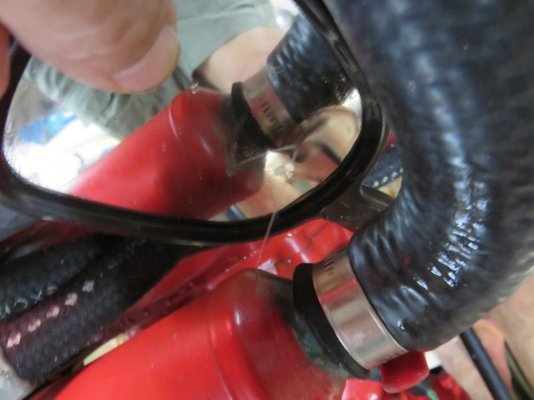According to the former Ford of England engineer who told me the history of the Dorset engine during one of our visits to the UK, the Dorset was a disaster as a truck engine from day one. It's weak design could not stand up to the rigors of on-road driving with its constantly changing rpm and load. The in-line injection pump is a particular weak spot, he said, under this kind of service and needed constant overhaul or changeout. He didn't comment on the rotary injection pump that was sometimes fitted to this engine.
His comments were confirmed and reinforced by another aquaintence in the UK who for decades owned a large shop that specialized in the servicing, repair, and overhaul of Ford of England engines. He added that if the Dorset overheats, which it frequently did in truck service, the head gasket would immediately blow and the head would almost always warp.
The engine, he said, proved to be much more reliable in constant speed, relatively low and constant load service such as one finds in industrial and agricultural (and eventually marine) service.
Both of these people, particularly the retired Ford engineer, had relatively low opinions of the Dorset diesel. The Dover diesel (base engine for the FL135, is a different story, they said, as it remedied some of the fundamental problems with the Dorset.
While the FL120 has earned an impressive reputation for reliability in marine service, this service makes little demand on the engine's design or strength.
Knowing what we have learned about this engine from people with a long history of being directly involved with it, we would not buy a boat with these engines were we in the market for a used cruiser today. They have several operational characteristics we have learned to dislike, but it's not so much that the FL120 is a bad engine in marine service as it is there are so many superior engines in marine service.







